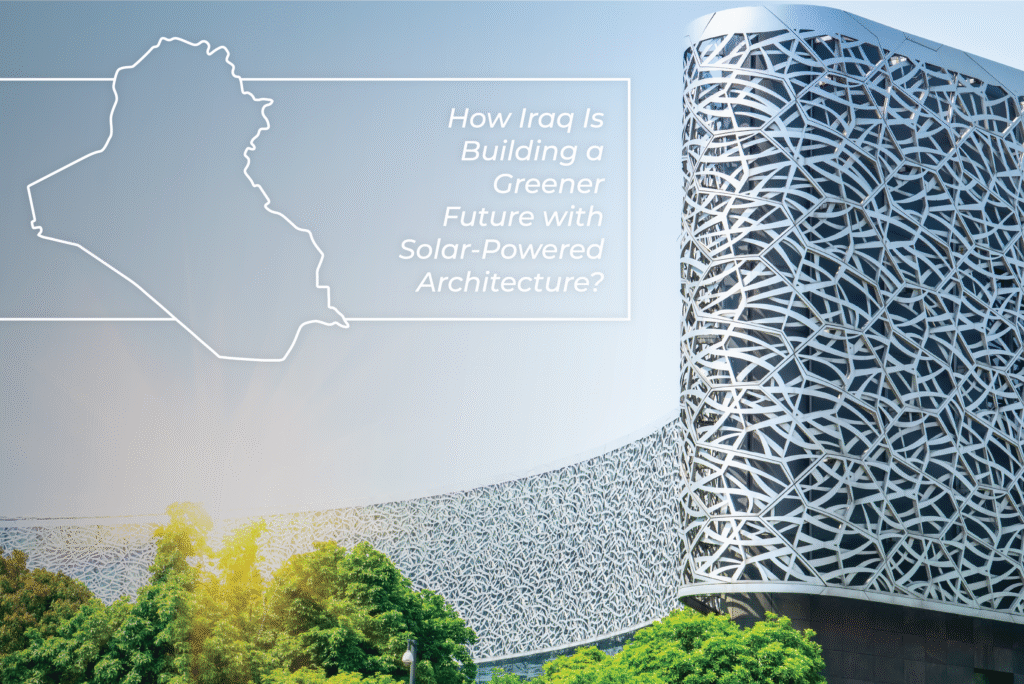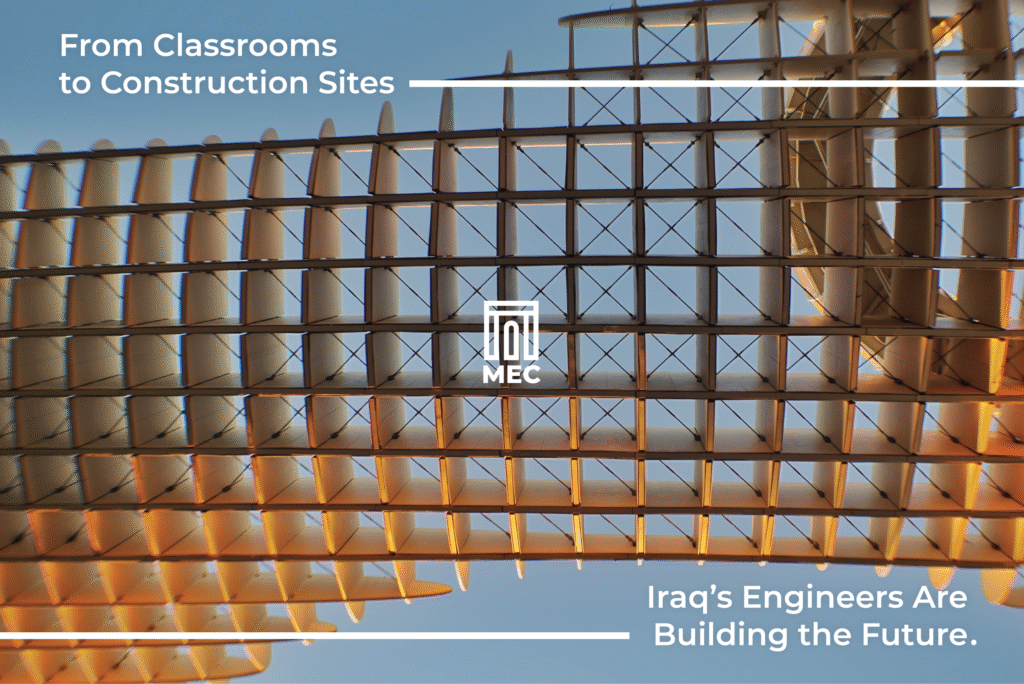As Iraq faces growing environmental and energy challenges, clean energy is no longer optional—it’s essential. The construction sector, one of the country’s highest energy consumers, stands at a critical turning point. A shift is underway, with clean energy solutions and sustainable design becoming key pillars in Iraq’s building future.
This guide breaks down Iraq’s progress toward sustainable architecture, the role of solar energy, and how public and academic sectors are driving the change.
Why Clean Energy Matters in Iraqi Architecture
High Energy Demand in Construction
Buildings in Iraq account for a significant portion of the nation’s electricity consumption. Traditional construction methods rely heavily on non-renewable energy, straining the already challenged grid and contributing to pollution.
Climate and Resource Pressures
With soaring summer temperatures and frequent power shortages, Iraq’s climate makes the case for energy-efficient buildings even stronger. Solar energy, in particular, offers a practical, locally available solution to ease the load.
Government Initiatives Leading the Way
Solar Panel Installation on Public Buildings
In a major move, the Iraqi government has launched a project to install solar panels on over 160 public buildings across Baghdad and Diyala. This isn’t just a tech upgrade—it’s a strategic shift to reduce grid dependency and cut carbon emissions.
Public-Private Partnerships
To overcome funding and implementation hurdles, Iraq is increasingly turning to collaborations between government entities and private investors. These partnerships are essential to scaling up clean energy adoption across the country.
The Role of Academia and Innovation
University-Led Sustainability Research
Institutions like the University of Baghdad are playing a leading role in shaping sustainable design standards. Recent lectures and research projects have demonstrated how simple, cost-effective technologies can drastically improve building efficiency without compromising design aesthetics.
Building a Culture of Environmental Responsibility
Academic programs are now embedding sustainability into architectural education. This growing awareness is helping to create a new generation of architects who prioritize environmental impact alongside design and function.
Economic and Strategic Benefits of Clean Energ
Tackling the Power Crisis
Solar energy is not just a green solution—it’s a strategic one. Iraq’s electricity shortages are well-documented. With abundant sunlight, solar power offers a scalable and cost-effective way to generate power independently.
Reducing Long-Term Costs
Sustainable buildings can significantly reduce operational costs through lower energy bills and minimal maintenance. Over time, this makes clean energy not just environmentally smart—but economically wise, too.
What’s Next: The Future of Sustainable Construction in Iraq
Iraq’s path to energy independence starts with smart buildings. The foundation is already being laid through policy shifts, pilot projects, and educational reform. But to make real progress, momentum must continue—through investment, innovation, and a shared commitment to environmental intelligence.
Clean energy in architecture isn’t just a solution for Iraq’s current crisis. It’s a long-term strategy for a healthier, more resilient nation.




